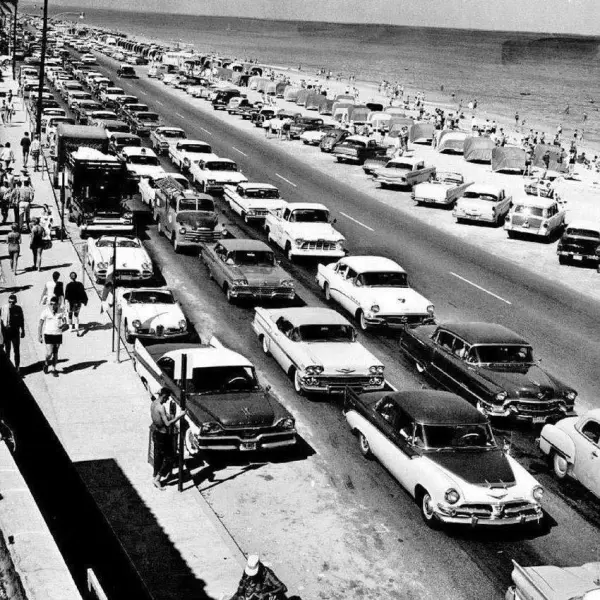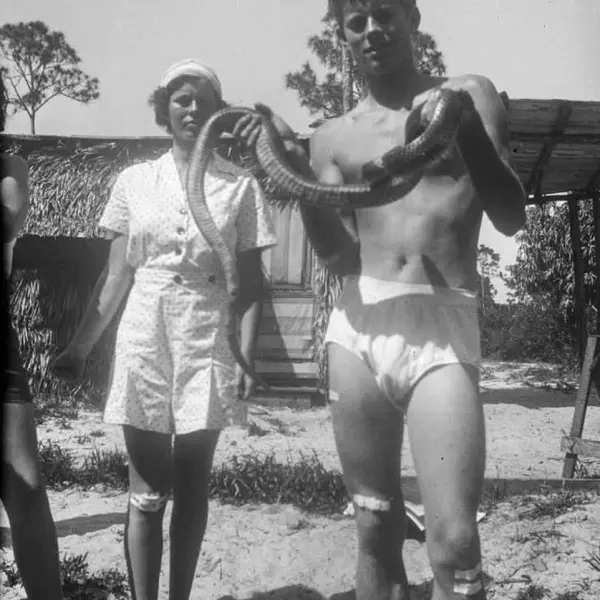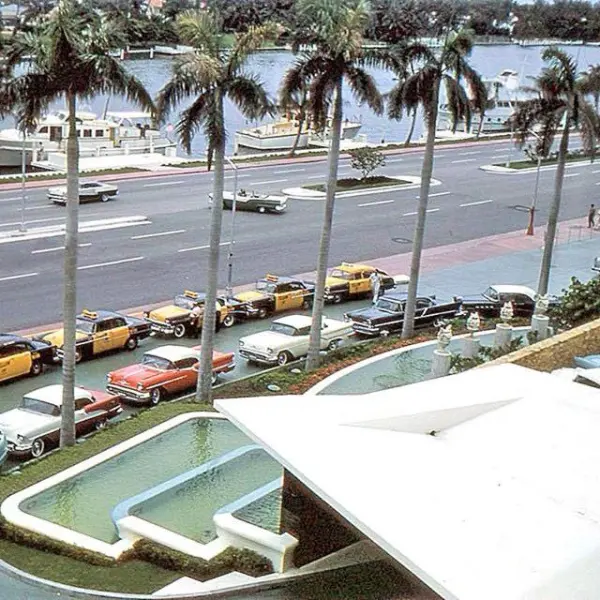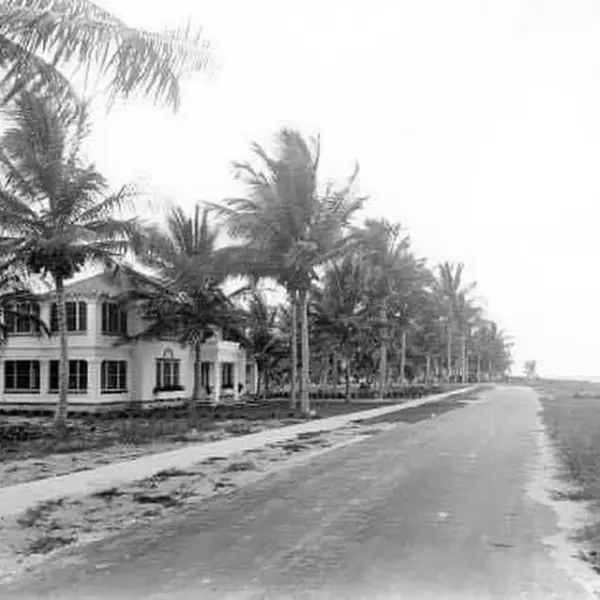STREET SCENE
In 1925, Boca Raton was a sleepy farming hamlet no more, bursting into the spotlight as architect Addison Mizner’s grand vision took root. On May 26, the town officially incorporated, shedding its earlier “Bocaratone” moniker from 1924. With fewer than 100 souls in 1920, Boca Raton was now the epicenter of a dazzling dream: Mizner’s plan to craft “the world’s greatest resort city.” Fresh off transforming Palm Beach, he unleashed his Mediterranean Revival flair, starting with the Cloister Inn—later the Boca Raton Resort & Club—slated to open in ’26.
The Florida East Coast Railway, courtesy of Henry Flagler, had already linked Boca to Miami and West Palm Beach, sparking a land boom. Mizner’s Development Corporation, launched that year, sold $5 million in stock in days, luring tycoons like Vanderbilt and du Pont. Pineapple fields gave way to blueprints for villas and plazas. By December, the population nudged toward 1,000, fueled by speculators and dreamers. Boca Raton in 1925 was a canvas of ambition—dusty trails turning to gold-paved streets, all under Mizner’s spell. The Roaring Twenties had found their Florida stage.
The Florida East Coast Railway, courtesy of Henry Flagler, had already linked Boca to Miami and West Palm Beach, sparking a land boom. Mizner’s Development Corporation, launched that year, sold $5 million in stock in days, luring tycoons like Vanderbilt and du Pont. Pineapple fields gave way to blueprints for villas and plazas. By December, the population nudged toward 1,000, fueled by speculators and dreamers. Boca Raton in 1925 was a canvas of ambition—dusty trails turning to gold-paved streets, all under Mizner’s spell. The Roaring Twenties had found their Florida stage.
Arquitectura
Playa
Edificio
Costa
Casa
Alojamiento
Naturaleza
Al aire libre
Planta
Camino
Mar
Orilla
Árbol
Villa
Agua
Frente al mar
Envíado por OldPik el 7 de enero de 2024
Image

Debes iniciar sesión para comentar las fotos.
Iniciar sesión
Iniciar sesión














Sin comentarios aún, sé el primero en comentar...